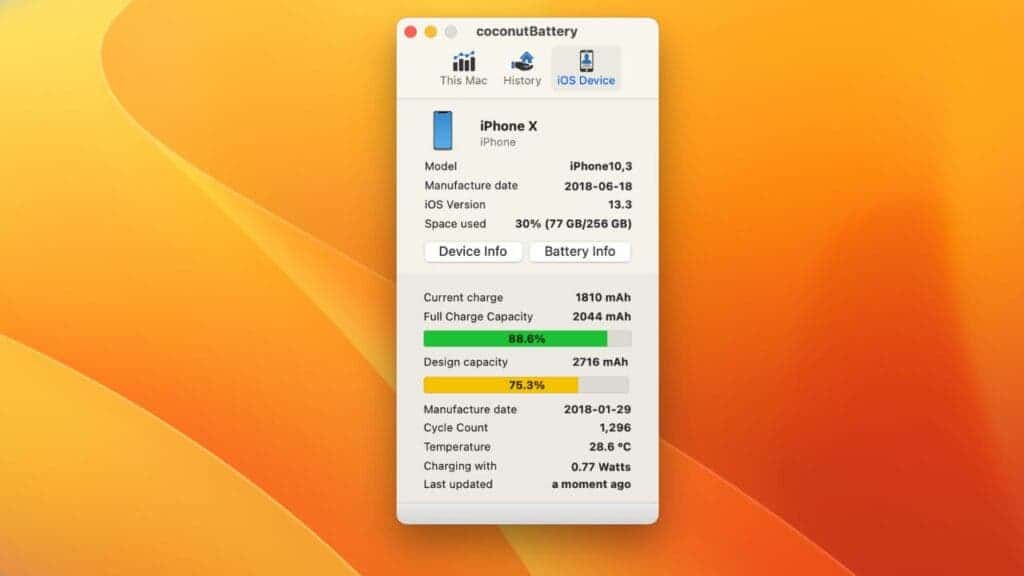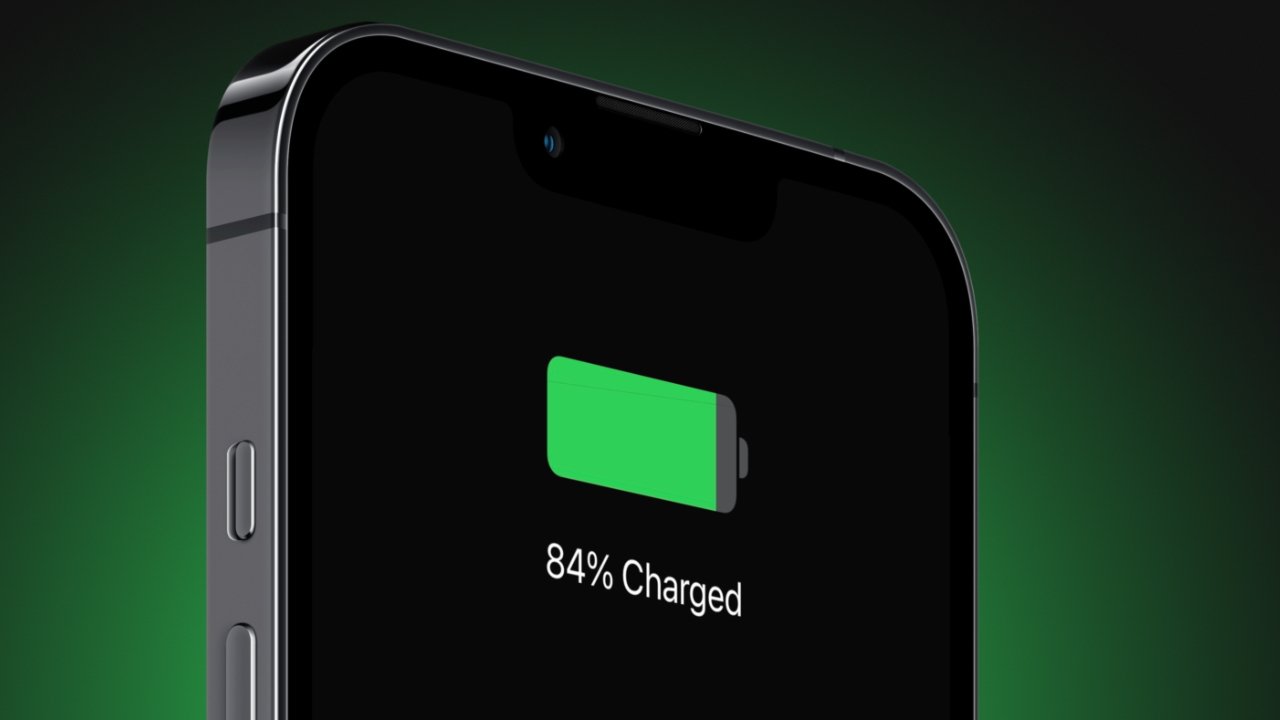Some Important Points About iPhone Batteries
The Battery Life Of iPhone Phones Is Longer Than Other Phones, But All Batteries Expire Naturally.
iPhone battery performance decreases over time, like any other phone. Fortunately, Apple’s Battery Health feature allows users to monitor their phone’s battery status and extend their iPhone’s battery life. This article explains how to determine the remaining life of the iPhone battery.
How to evaluate the battery life of your iPhone?
The “Coconut Battery” application is one of the most reliable ways to discover your iPhone battery’s life. This program can be used on Mac and is simple to use. First, download the “Coconut Battery” application from your Mac, MacBook, or iMac.

Now use a USB cable to connect your iPhone to your Mac. After clicking your iPhone on your Mac, open the Coconut Battery app. This app will scan your phone to determine how much battery life is left on your iPhone.

This program displays the current charging capacity of the iPhone after connecting the phone to the computer. It also shows the number of times the battery has been charged and how much of its initial charge capacity is left. This information is essential to determine how much battery life is gone on your iPhone.
Understanding the battery charge cycle
Your iPhone has a “Battery Health” feature that shows how often you’re charging and discharging the battery. A “charge cycle” is when you use up your battery’s energy and recharge it to 100%.
For example, if you charge your iPhone from 20% to 100%, that’s 80% of the charge cycle. Apple says the iPhone battery can hold only 80% of its initial charge after 500 cycles.
If you charge your iPhone too little, it may have more charge cycles left. Therefore, if your battery has undergone many charge cycles, it will likely lose power. Our guide on how to extend iPhone battery life can help you develop the life of your iPhone.
How to extend the battery life of your phone?
First, keep the battery away from extreme temperatures. Apple says the ideal temperature range for device operation is between 16 and 22 degrees Celsius. It is essential to keep the device away from places where the ambient temperature is above 35 degrees Celsius. Otherwise, the battery capacity may be permanently damaged.

Charging the device in a high-temperature environment may cause more damage.
When the battery temperature exceeds the recommended temperature, the operating system may stop it after it reaches 80% charge.
Storing batteries, even at high temperatures, can cause irreparable damage. You may notice a decrease in battery life when using the device in icy conditions, but this is temporary. When the battery temperature returns to the normal operating range, its performance will also return.
Apple also advises that when charging phones, some protective cases may generate more heat than the phone, affecting the battery capacity. If you notice that your device gets hot while charging, first, the patient remove
If the device is not used for an extended period, two key factors affect the overall health of the battery: ambient temperature and battery percentage.
Apple’s recommendations to protect the phone’s battery in the off state
Do not fully charge or discharge your device. If you turn off your device with a fully discharged battery, the battery may become deeply discharged and cannot be recharged. Conversely, if you store a fully charged device for an extended period, you may lose some battery capacity and shorten battery life.
Store the device in a relaxed, non-humid environment below 32 degrees Celsius in the off state. If you plan to turn off the device for more than six months, you must charge the device by 50% every six months.

